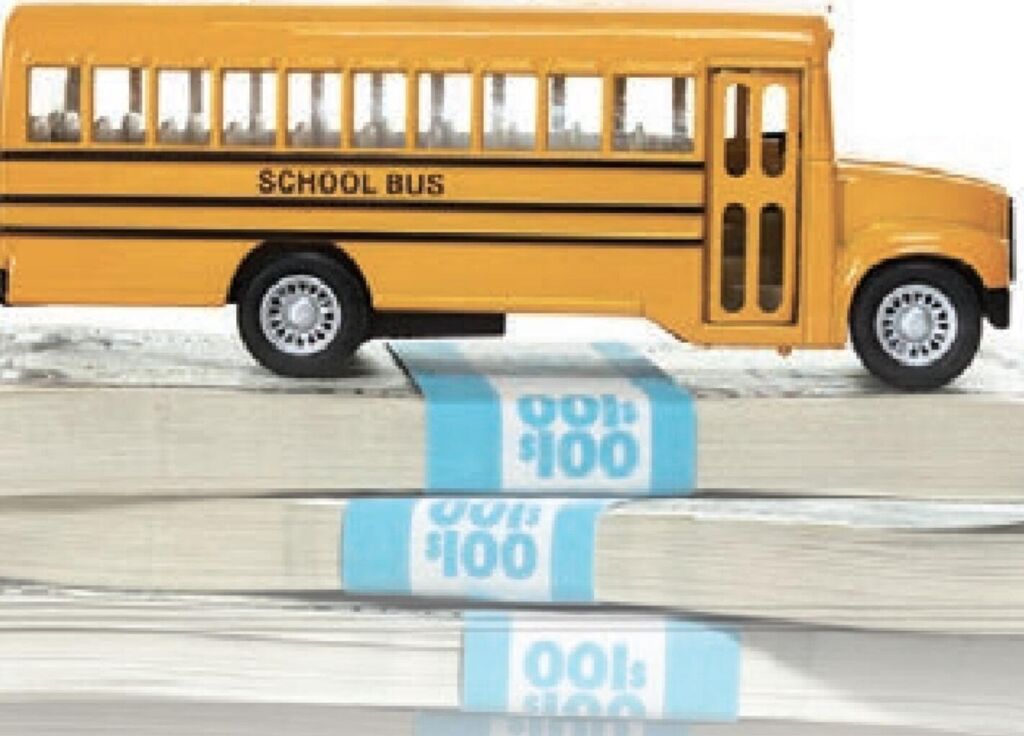Minnesota K-12 education revenue is up 31% since 2002

Minnesota K-12 state revenue per student — adjusted for inflation — is up 31 percent since 2002, according to an education spending project by the Reason Foundation.
State revenue makes up the largest portion of the education dollars each Minnesota public school district receives. K-12 spending per student is up 22 percent, also adjusted for inflation.
Revenue
Total K-12 per pupil revenue increased from $13,421 in 2002 to $16,762 in 2020, adjusted for inflation. Education revenue comes from three sources: federal, state, and local. In most states, the state-local share is 50-50. In Minnesota, the state-local share was around 65-27 for the 2020 school year, with the federal government providing around 8 percent. The state dollars are collected primarily through income and sales taxes, and local dollars are collected through property taxes.
Federal revenue from 2002-2020 increased 25 percent in Minnesota — from $704 per student to $883 per student, inflation adjusted. State revenue per student increased 31 percent ($8,197 to $10,756), and local revenue per student increased 13 percent ($4,520 to $5,123).
Spending
K-12 current spending per student has jumped 22 percent — from $11,105 in 2002 to $13,603 in 2020. (Watch for my soon-to-be-released education report that pairs that spending with academic achievement outcomes.)
Instruction
Instruction and support service spending make up the largest spending categories for schools, as they cover everything from teacher salaries to school counseling services, notes the Reason Foundation.
Between 2002 and 2020, K-12 total instruction expenditures in Minnesota increased 23 percent. Salary growth was at 14 percent, with benefits growth on retirement and health care jumping 53 percent.
__________________________
As I write here, unrelenting claims, though, by spending advocates and teachers’ unions that Minnesota’s education woes are caused by insufficient spending drive policymakers and state leaders to continue dedicating billions of dollars and the largest chunk of our state budget to education funding. Unfortunately, the ROI leaves much to be desired.
The Reason Foundation’s new K-12 Education Spending Spotlight is providing critical insight into key school finance trends not only by state but across the country as well.
In 2020, total education system long-term debt surpassed $500 billion, reaching a total of $505 billion in the U.S. Between 2002 and 2020 long-term debt grew by $188 billion or $3,798 per student.
Nationwide, inflation-adjusted per-pupil K-12 revenues grew by 25% — or by $3,211 per student — between 2002 and 2020.
In the most recent year, education spending grew by $8 billion across the United States, for an average increase of $169 per-pupil from the 2018-2019 school year to the 2019-2020 school year.